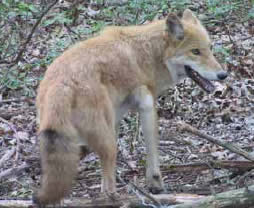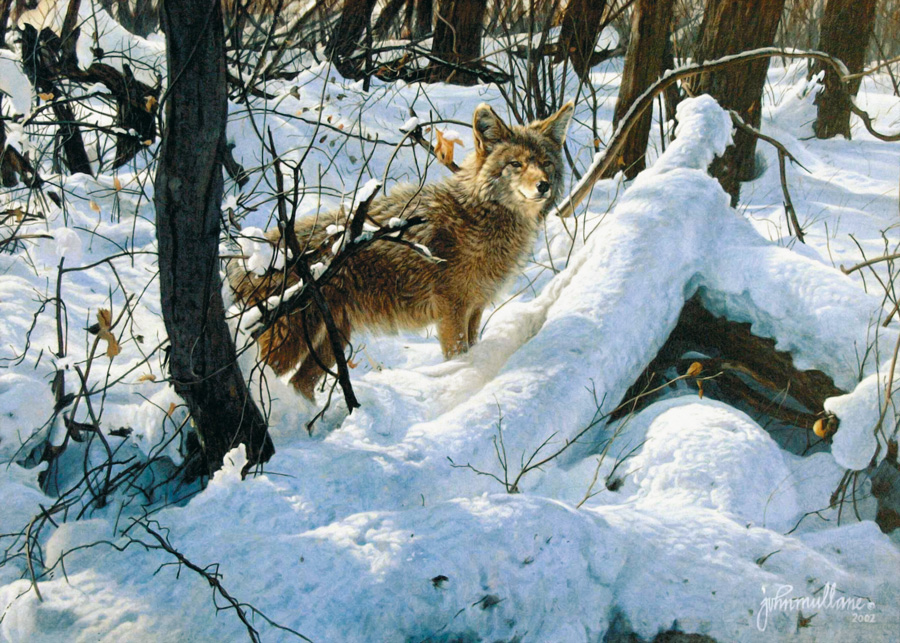Black bears flirting with
hibernation in new man-made
dens on Vancouver Island
BY SAM COOPER, THE PROVINCE NOVEMBER 28, 2014

A female black bear and her cubs investigate one
of the three plastic-culvert bear dens built in the
forest-land of Jordan River, in a pilot program to
increase bear habitat lost on Vancouver Island.
Submitted photo
A number of coastal black bears have been
poking around artificial dens created as part
of a new Vancouver Island conservation
program, but it’s too soon to tell if the bears
will take up winter residence.
poking around artificial dens created as part
of a new Vancouver Island conservation
program, but it’s too soon to tell if the bears
will take up winter residence.
This summer, Helen Davis of
Artemis Wildlife Consultants
installed three dens using three
-metre-long plastic culverts,
placed in the deep
forests of the Jordan River
watershed west of
Victoria.
Artemis Wildlife Consultants
installed three dens using three
-metre-long plastic culverts,
placed in the deep
forests of the Jordan River
watershed west of
Victoria.
The plastic dens, open-ended at one end and
lined with conifer boughs and special scents to
hopefully make bears comfortable, have been
placed as part of a pilot project funded by the
Fish and Wildlife Compensation Program.
lined with conifer boughs and special scents to
hopefully make bears comfortable, have been
placed as part of a pilot project funded by the
Fish and Wildlife Compensation Program.
Black bears use hollow tree structures for
winter dens, but hydroelectric facility flooding
in the area has removed large trees that bears
would have used to make dens. The loss of
habitat could be compounded, since generations
of bears often reuse existing tree dens.
winter dens, but hydroelectric facility flooding
in the area has removed large trees that bears
would have used to make dens. The loss of
habitat could be compounded, since generations
of bears often reuse existing tree dens.
The goal of Davis’s team’s project is to increase
black bear habitat in the area, and mitigate for
habitat lost to flooding and reservoir creation for
the Jordan River hydroelectric dam.
black bear habitat in the area, and mitigate for
habitat lost to flooding and reservoir creation for
the Jordan River hydroelectric dam.
Davis says this den-creation technique has
never been tried before, and monitors won’t
know until spring if the plastic dens have
been fully used. In the months leading up to
the current hibernation period, remote sensor
cameras placed near the den structures have
captured families of bears nosing and pawing
and investigating the plastic winter-homes,
which gives Davis some hope.
never been tried before, and monitors won’t
know until spring if the plastic dens have
been fully used. In the months leading up to
the current hibernation period, remote sensor
cameras placed near the den structures have
captured families of bears nosing and pawing
and investigating the plastic winter-homes,
which gives Davis some hope.
“We figure it might take up to five years, with
the plasticky smell and that sort of thing,”
before bears adopt the man-made dens,
Davis said.
the plasticky smell and that sort of thing,”
before bears adopt the man-made dens,
Davis said.
There are up to 160,000 black bears in B.C.,
about 25 per cent of Canada’s population,
according to the Ministry of Environment.
about 25 per cent of Canada’s population,
according to the Ministry of Environment.



























